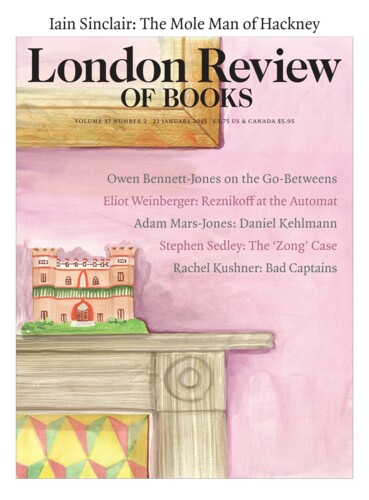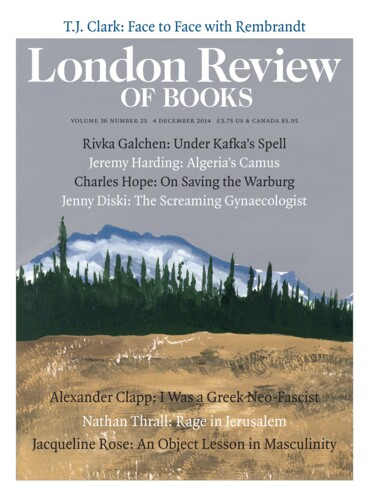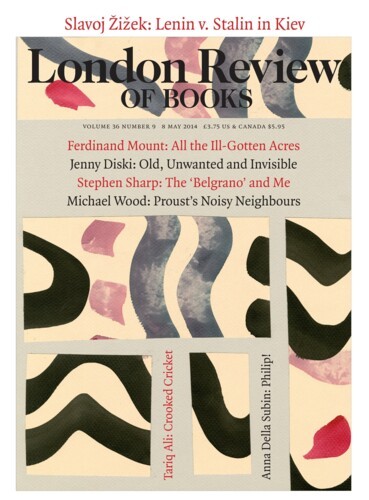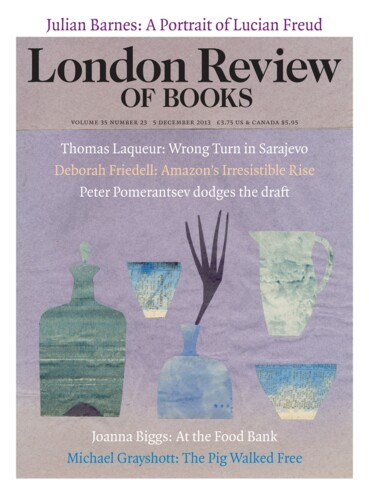In 1941, the architect Hans Stosberg drew up ambitious plans for a new model town, with monumental public buildings grouped around a main square, and leafy boulevards branching off a central avenue which led to the factory complex that would provide the bulk of the work for a population of 80,000. There were to be twelve schools, six kindergartens, twenty sports fields, swimming pools,...
Ever since the First World War, the widespread belief that cities would be annihilated by aerial bombardment in the next major European conflict had inspired architects and planners to think of ways to build cities that would make them less vulnerable to attack from above. ‘The war of the future’, one German architect declared in 1934, marked ‘the death sentence for cities in their present-day form’. The answer lay in ‘intermeshing’ them with the surrounding countryside. Le Corbusier too claimed that ‘fear of aerial torpedoes’ would lead to ‘the complete transformation of cities, through their demolition and reconstruction’.




